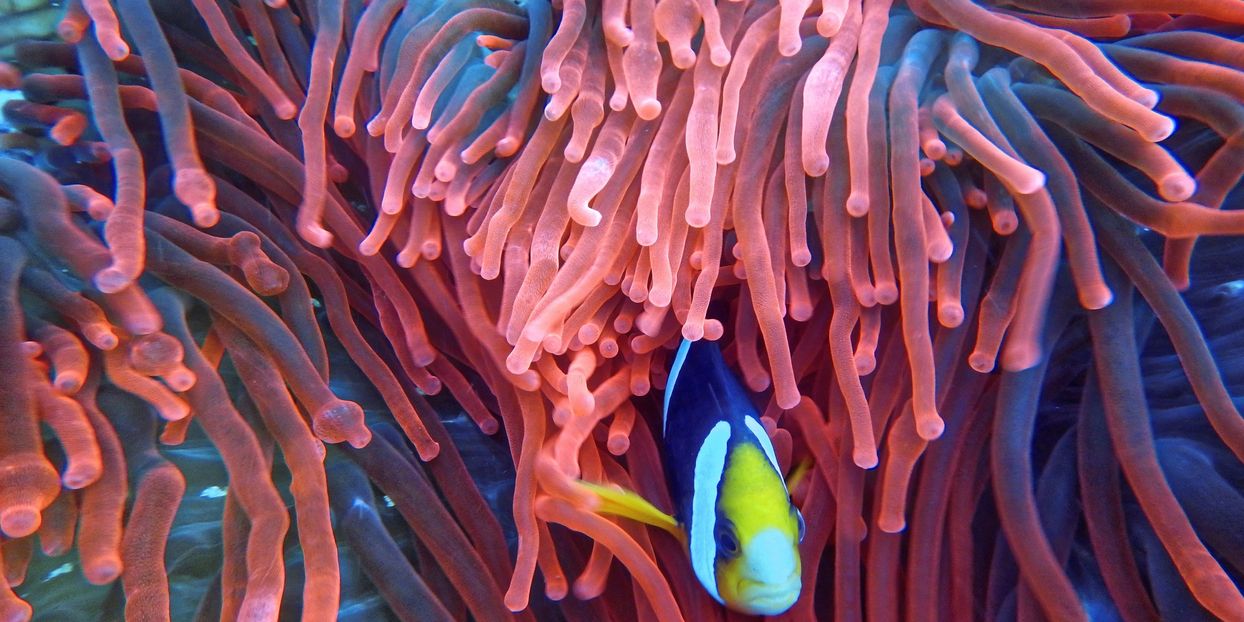
10 Must Dos from Biodiversity Science 2022
We are calling for policymakers worldwide to take in the scientific knowledge synthesized in the 10 Must Knows from Biodiversity Science 2022 to inform much needed policies. At the UN Biodiversity Conference in Montreal in December 2022, your decisive action is needed to halt the man-made extinction of species and to strengthen biodiversity. The 10MustDos22 are intended to support you in taking such action by proposing solutions that can be implemented with immediate effect.
Find corresponding literature references at "Read more".
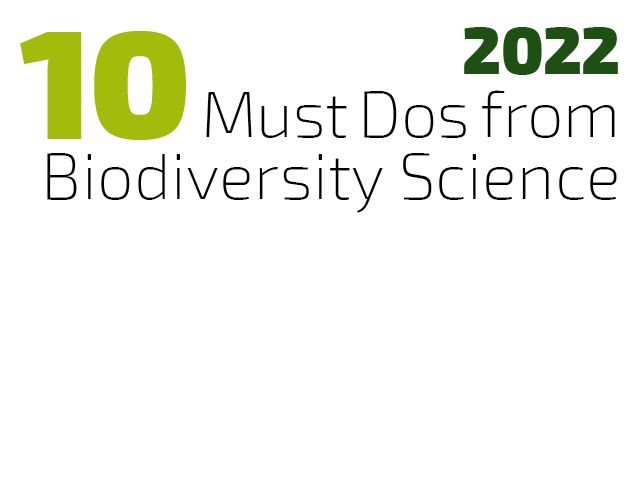
Introduction
12/05/2022 ·Biodiversity is the foundation of our life, our health, our well-being and our future. It must therefore be protected by society as a whole and must be considered and anchored in all policy areas and sectors. Moreover, biodiversity conservation is a powerful lever to achieve the 17 Sustainable Development Goals (SDGs) of the 2030 Agenda. (For full text see 10MustDos download).
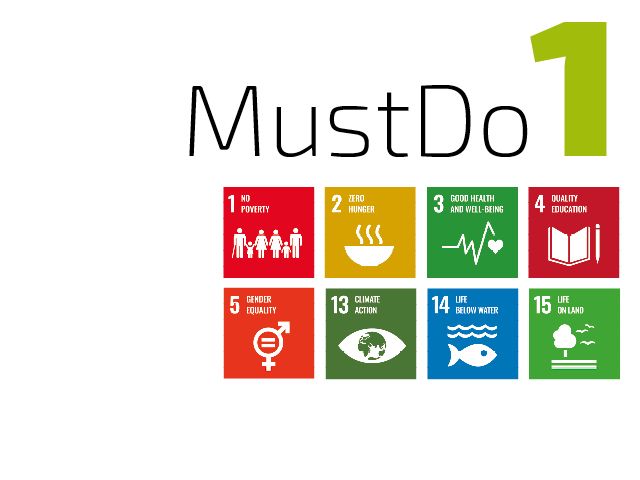
MustDo 1: Did you know that in the past 10 years, about 55% of the anthropogenic greenhouse gas carbon dioxide has been absorbed by all terrestrial ecosystems and the oceans [1]?
12/05/2022 ·We support the demand to protect 30% of land and sea areas by 2030 [2], to designate a further 20% as climate stabilisation areas [3] (where protection does not necessarily preclude sustainable management), and to restore a billion hectares of degraded ecosystems worldwide. These measures could correspond to 1/3 of the activities required to limit the global temperature increase to well below 2 degrees Celcius by 2100 and to conserve 2/3 of the species that are severely threatened with extinction [4].
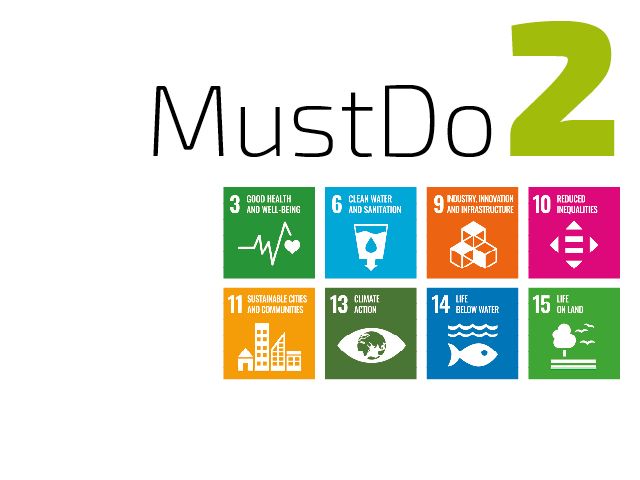
MustDo 2: Did you know that spending 2 hours a week in nature increases your health and well-being [1]?
12/05/2022 ·We call for the consistent promotion and integration of biodiversity in urban areas, where already more than half of the world‘s population is living today. This strengthens the health of humans, animals, and the environment [2]. Nature-based solutions such as the unsealing of soils, planting of trees (green infrastructures), the renaturalisation or creation of new water bodies (blue infrastructures) improve local air quality, climate and water regulation [3,4]. The rule of thumb 3-30-300 is a suitable target: 3 trees per house, 30% tree canopy in the neighbourhood, 300 metres to the nearest green space [5].
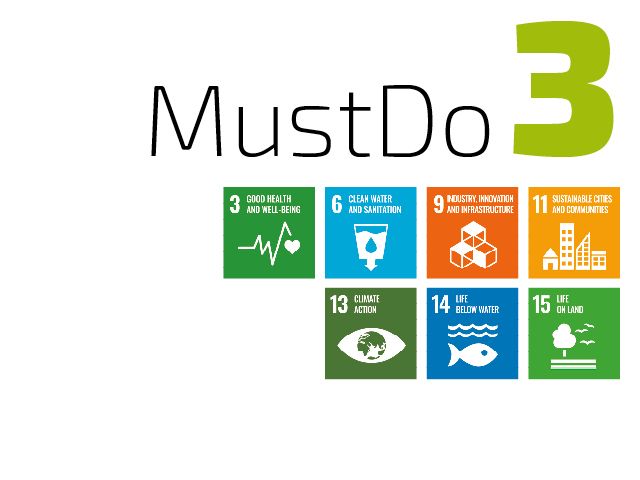
MustDo 3: Did you know that artificial light is one of the most important drivers of global change, making nights 2 to 6% brighter every year [1]?
12/05/2022 ·We call for the widespread reduction of artificial light around fauna-flora-habitat areas (FFH areas). Artificial light emissions are increasingly impacting protected areas [2]. They threaten ecological linkages and interactions among and within biological communities [3]. Additionally, these and other anthropogenic emissions violate the Habitats Directive. At the same time, protected areas must be systematically planned in a way that includes research findings on the invisible biodiversity of soils, sediments and waters. These communities play an important role in the connectivity and health of ecosystems.
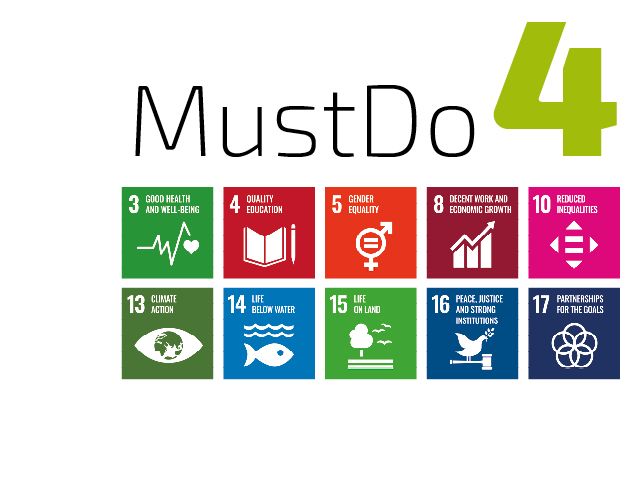
MustDo 4: Did you know that roughly 70% of the 7,000 languages known to date are native to just 1/4 of the earth‘s surface, and that this 1/4 also corresponds to the regions with the highest biodiversity [1]?
12/05/2022 ·We call for the preservation, maintenance and documentation of indigenous and local languages and their associated knowledge systems. This includes recognising land, territorial and socio-cultural rights of indigenous peoples and local communities (IPLCs). Biological, socio-cultural and linguistic diversity are intertwined, having co-evolved as socio-ecological systems [2]. The highly developed environmental knowledge as well as the practices of IPLCs play a crucial role for a good life within planetary boundaries [3,4,5,6].
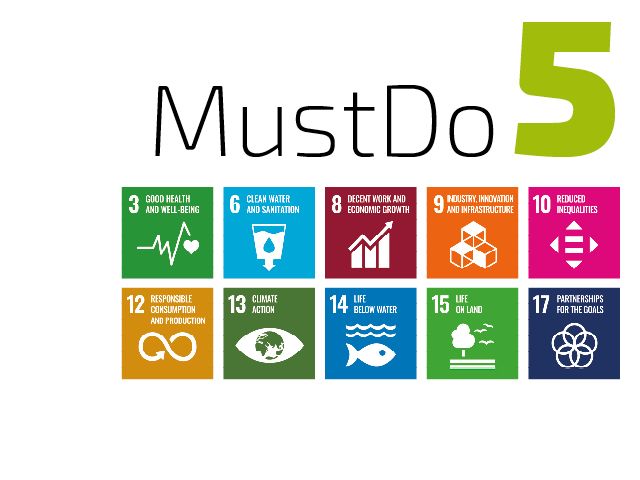
MustDo 5: Did you know that forests in the temperate and cold temperate (boreal) climate zone store 2/3 of the absorbed carbon in the long term [1]?
12/05/2022 ·We call for the global protection of primary forests from overexploitation and for the development of degraded forests into natural, climate-resilient forests through targeted planting and natural regeneration. This maintains existing and creates new carbon sinks and strengthens forests’ as well as people’s health [2]. In spite of increasing demand for wood as a resource, this demand can be met if trade and environmental policy takes the interconnectedness of global wood production into account.
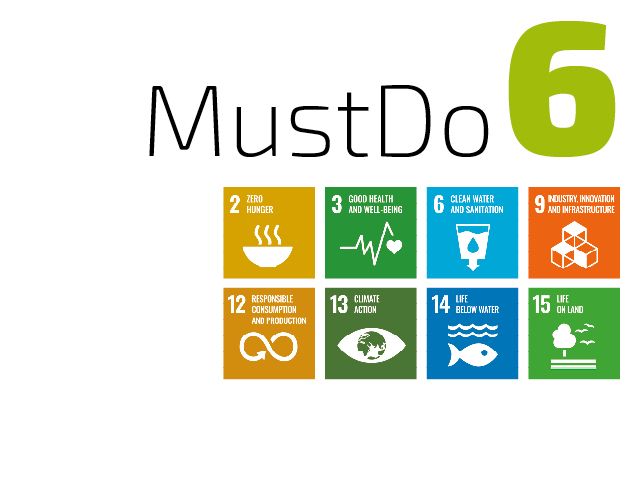
MustDo 6: Did you know that agriculture is currently subsidised to the tune of 540 billion US dollars globally [1]?
12/05/2022 ·We demand that existing subsidy instruments are used specifically for the transformation of agriculture towards more biodiversity-friendly production. The nature-based use of biodiversity and the variety of ecosystem services for agricultural production reduce the use of mineral fertilisers, chemical pesticides and greenhouse gas emissions and further stabilise yields [2]. We also call for the expansion of the spectrum of cultivated species [3,4,5].
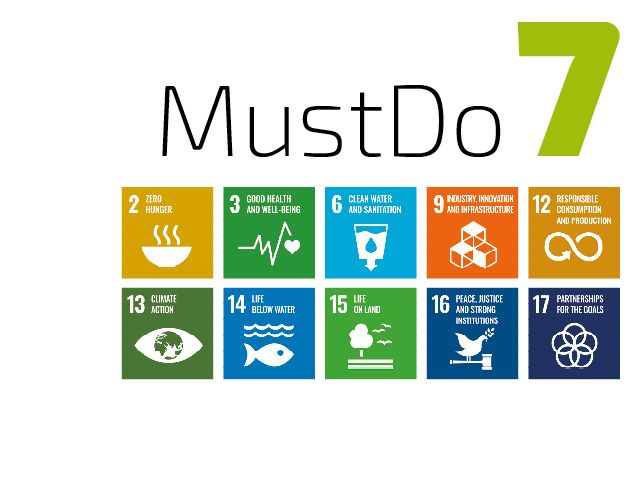
MustDo 7: Did you know that human interventions have altered, sometimes severely, 77% of the global land area (excluding Antarctica) and 85% of the oceans [1]?
12/05/2022 ·This impacts the habitats of 83% of wild mammals and 50 percent of plants [1]. We demand that the protection of natural resources (soil, water, air) and of biodiversity is mainstreamed in all political and planning decision-making processes locally, regionally, nationally and globally. This priority must not be weakened by individual interests. To promote the transformation towards a resource-conserving and sustainable society, innovative forces (Change Agents) are also central actors.
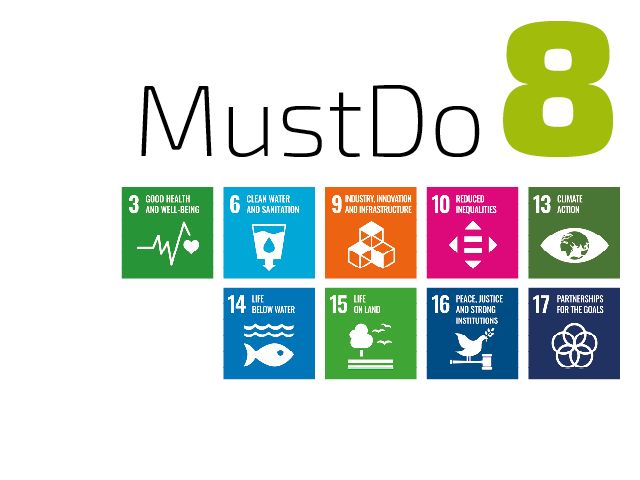
MustDo 8: Did you know that 18% of the EU‘s land area and more than 8% of its marine areas [1] are protected by the Natura 2000 network?
12/05/2022 ·The world‘s largest coordinated network of protected areas provides a refuge – although varyingly secure – for threatened species and Europe‘s most valuable habitats. We call for a strengthening of intergovernmental coordination and cooperation within the EU to bring about protection strategies that also take into account impacts beyond national borders (telecoupling). This requires the establishment of a secure long-term transregional and global monitoring system (stratified biodiversity monitoring) as well as of an extensive early warning system.
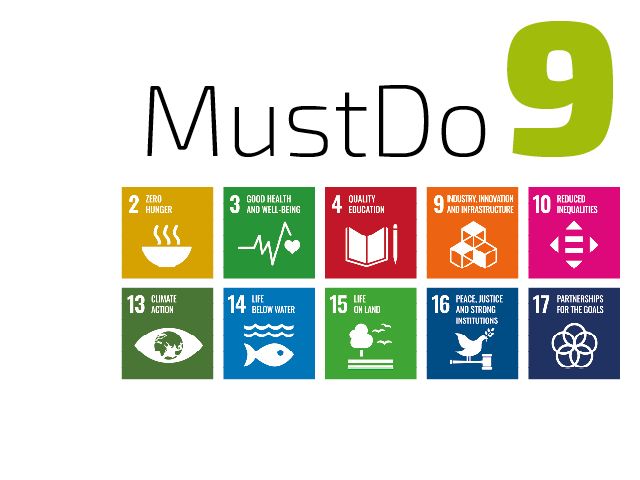
MustDo 9: Did you know that more than 2.23 billion pieces of information on all living organisms [1] on earth are publicly accessible in a data pool and thus constitute a valuable resource for biodiversity protection and climate adaptation worldwide?
12/05/2022 ·This Global Biodiversity Information Facility (GBIF) is currently fed by 1,922 databases, all of whose data are openly accessible. We call for maintaining the open access and unrestricted use of these scientific biodiversity data sources, for expanding these information infrastructures [2], and for securing them in the long term. They are central for developing and following effective measures to protect and restore biodiversity.
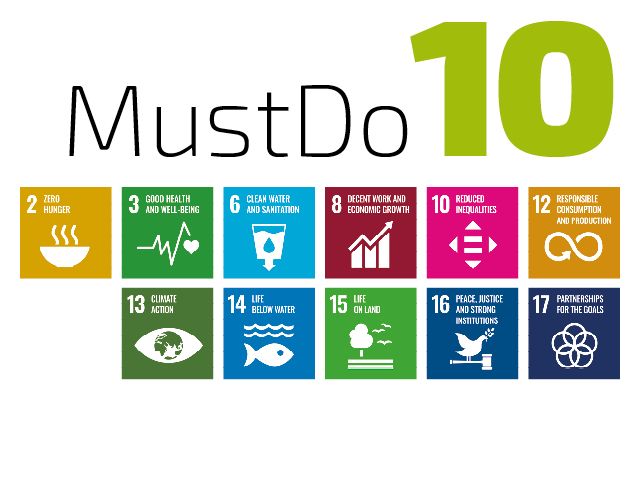
MustDo10: Did you know that up to 143 billion US dollars are invested in biodiversity conservation worldwide every year ...
12/05/2022 ·... but that private investments of 2.6 trillion US dollars and public subsidies of 500 billion US dollars simultaneously damage or even destroy biodiversity [1,2,3,4]? We demand the abolishment of harmful subsidies and the provision of incentives for the economic and finance sector to invest in protecting and conserving biodiversity. To achieve this, the social costs of ecosystem services and biodiversity loss must be assessed monetarily and then entered into national accounts (e. g. gross national product). This also applies for outsourced biodiversity losses such as the loss of species resulting from imports to Germany.

MustDo 11: Did you know the authors of the 10MustKnows are available to answer all your questions?
12/05/2022 ·Biodiversity is the fundamental insurance policy in times of climate change [1,2]. International biodiversity research contributes significantly to understanding the vital importance of biodiversity, while at the same time showing ways to conserve and sustainably restore biodiversity. A first-class knowledge infrastructure (including diverse collections and associated data) has the potential to provide national and international policymakers with evidence-based information for advancing the transformation process.
